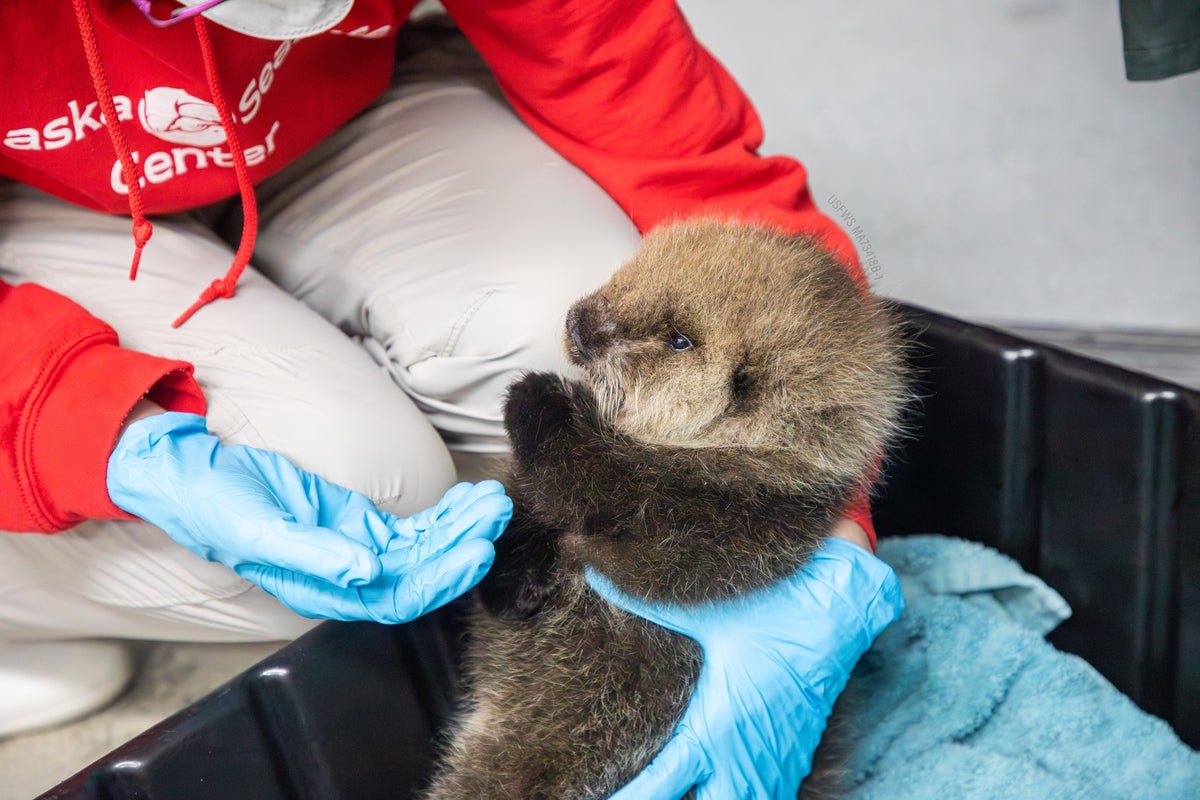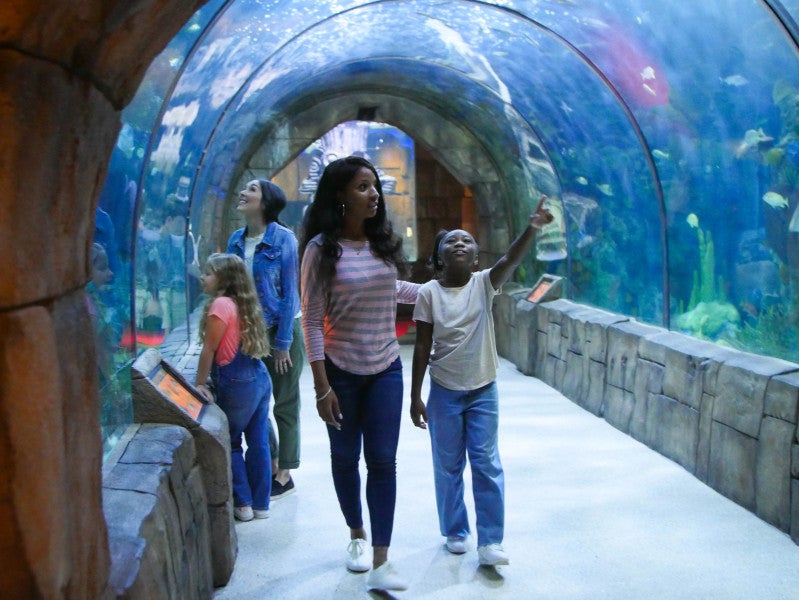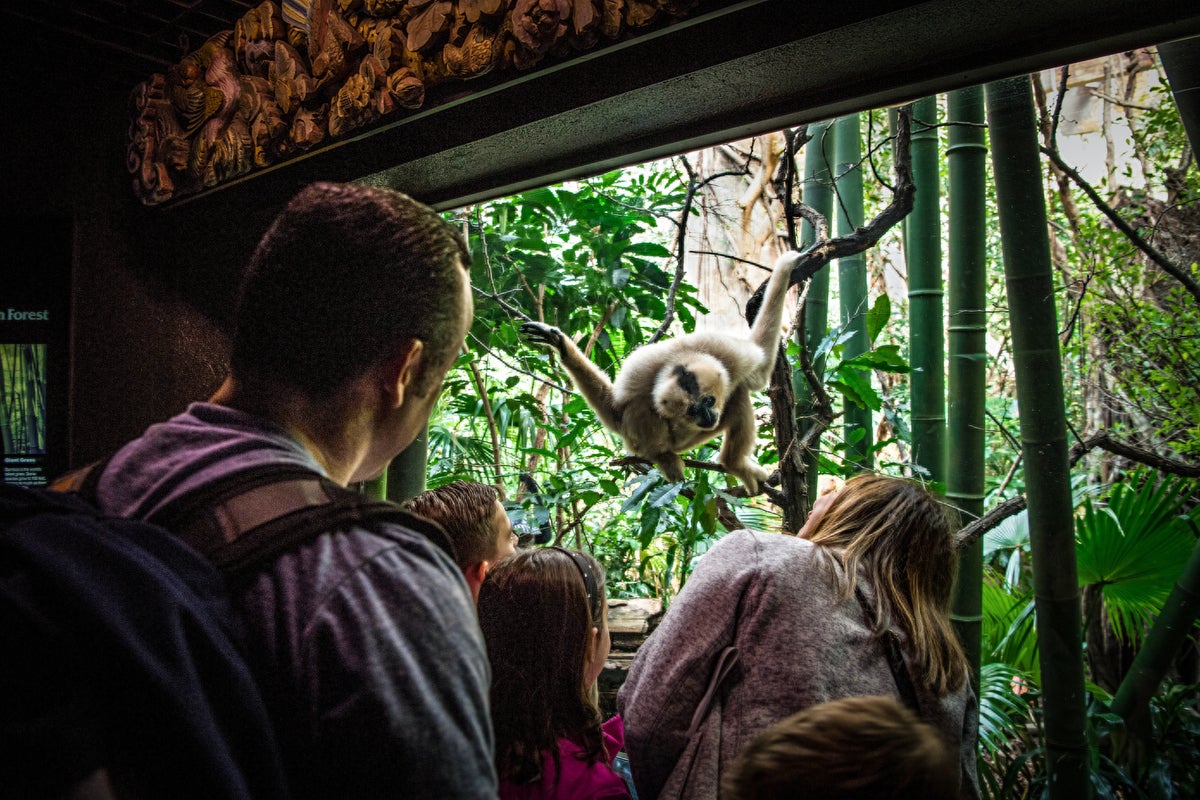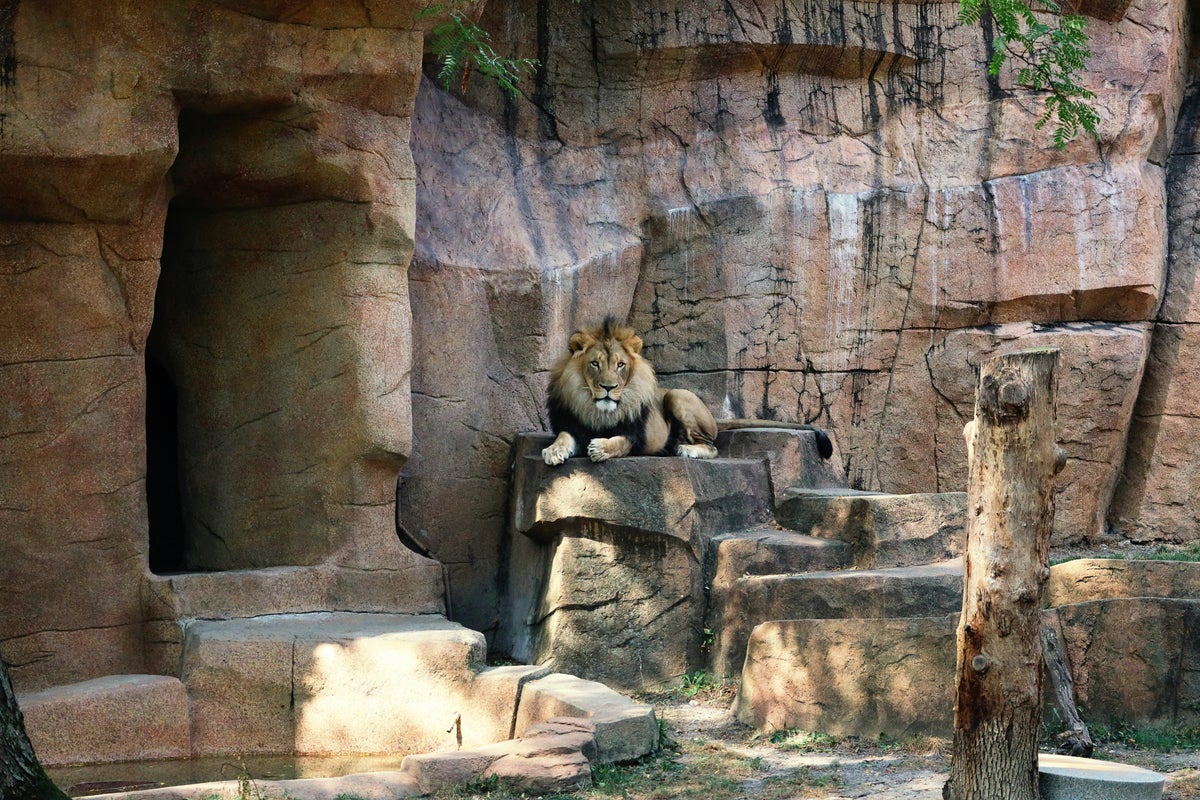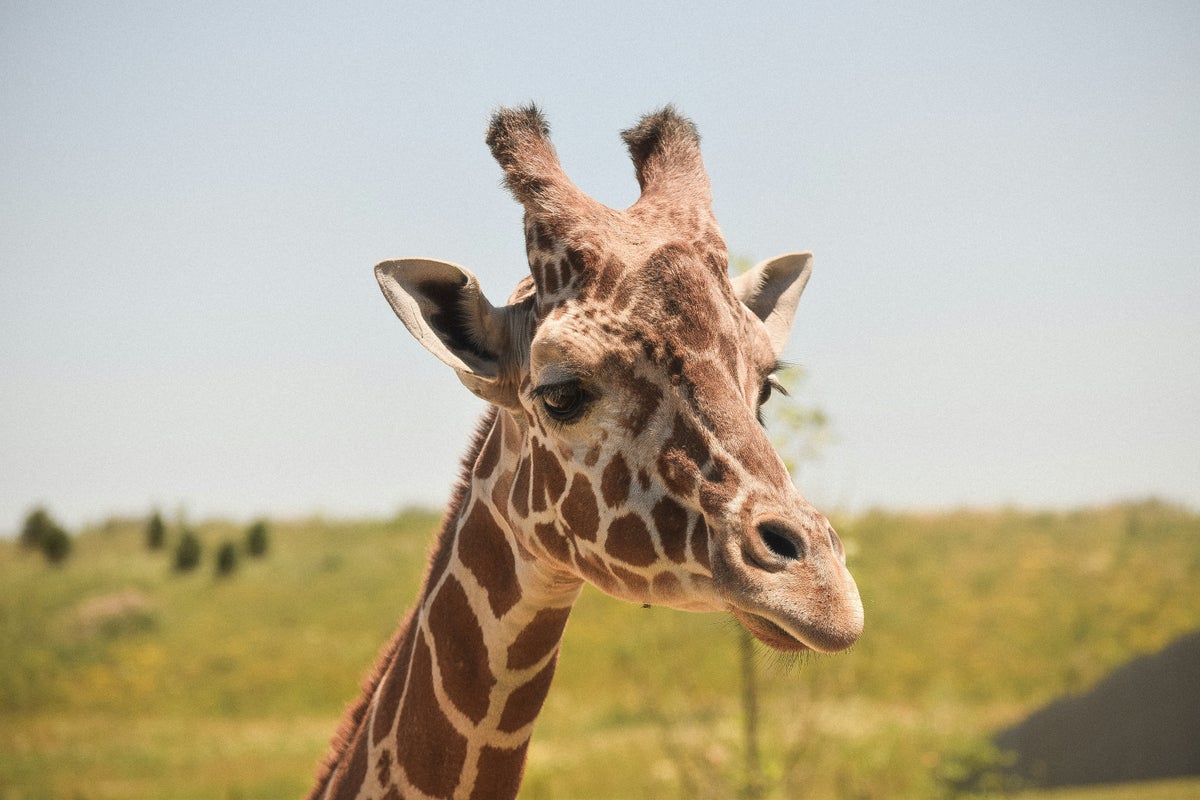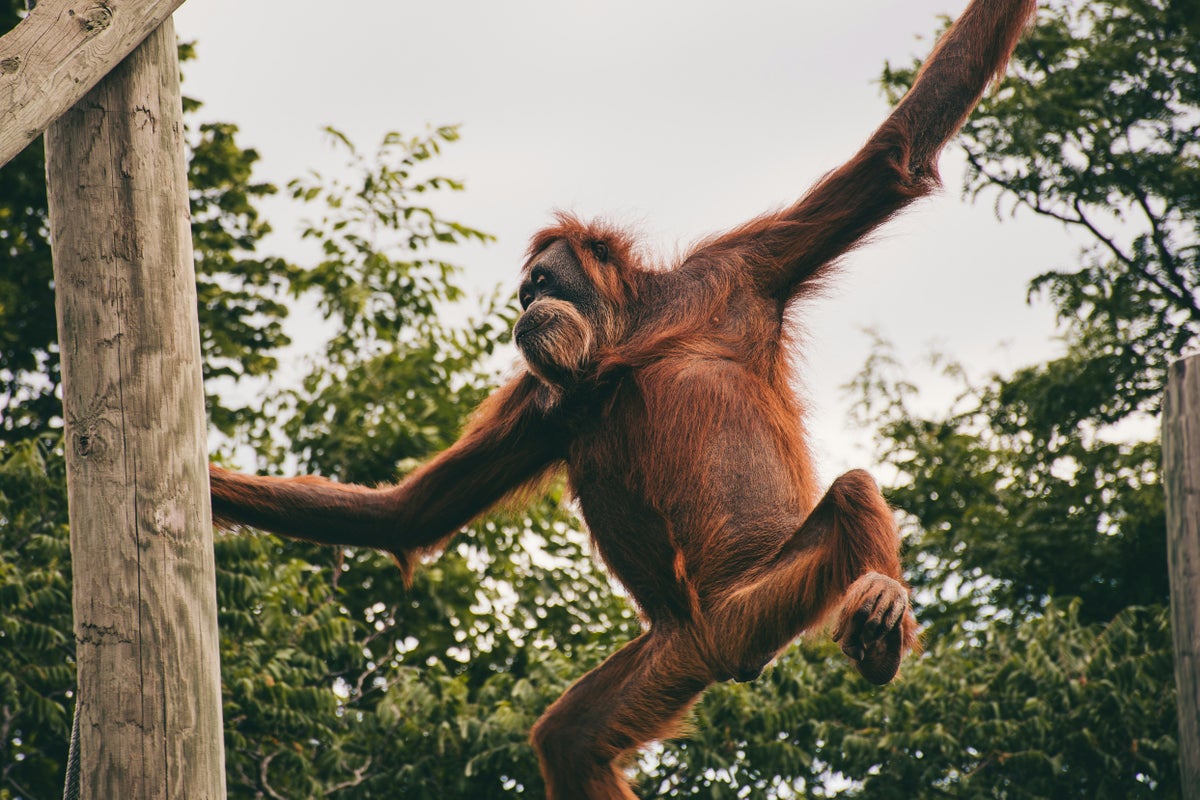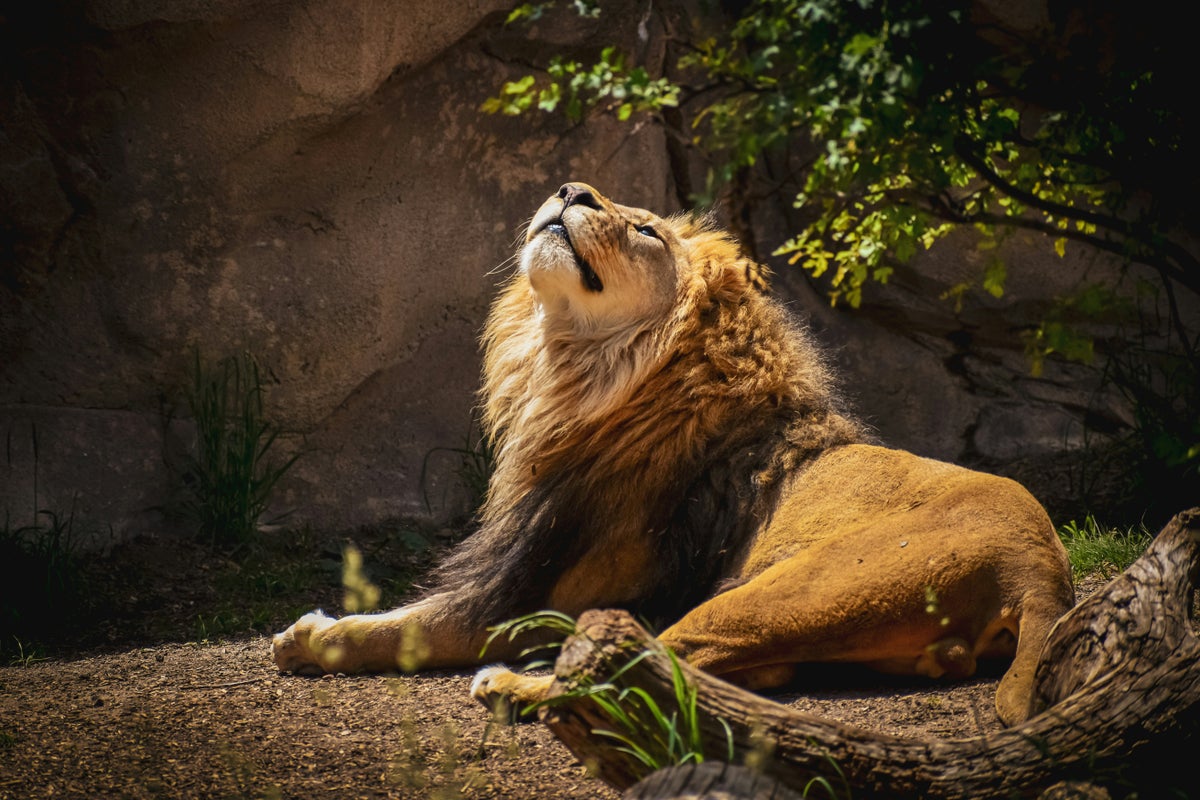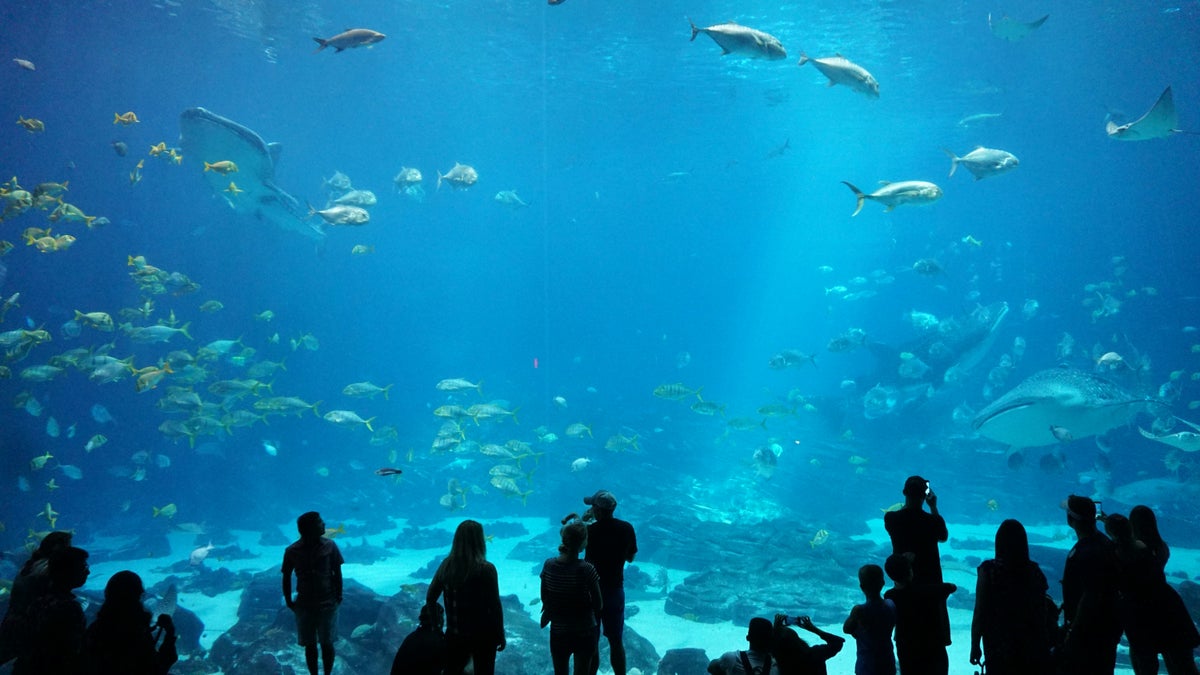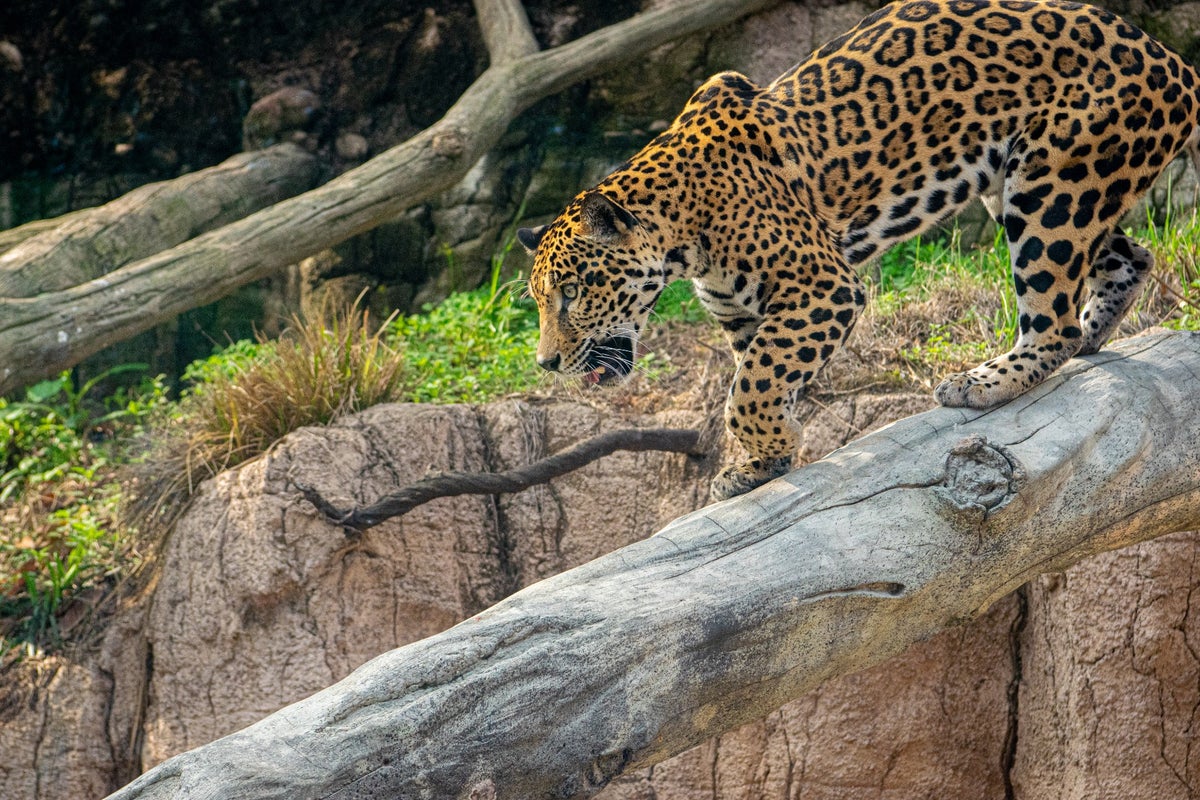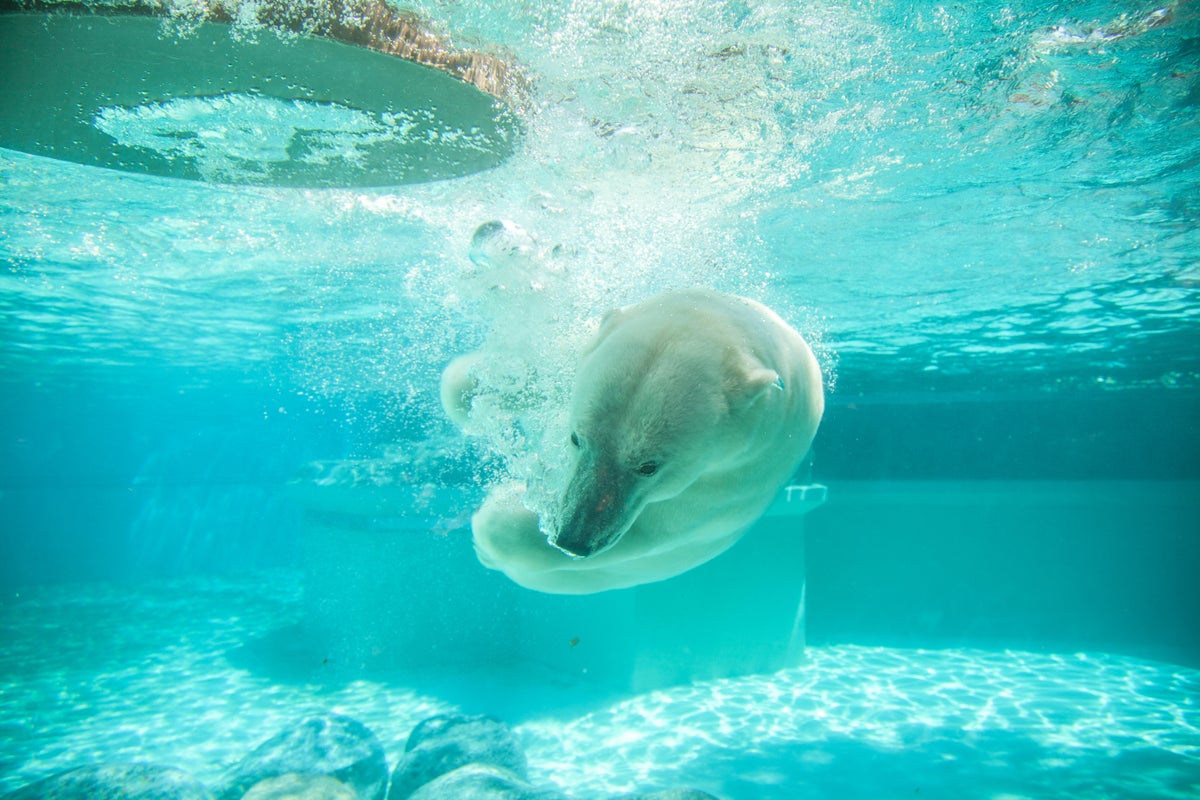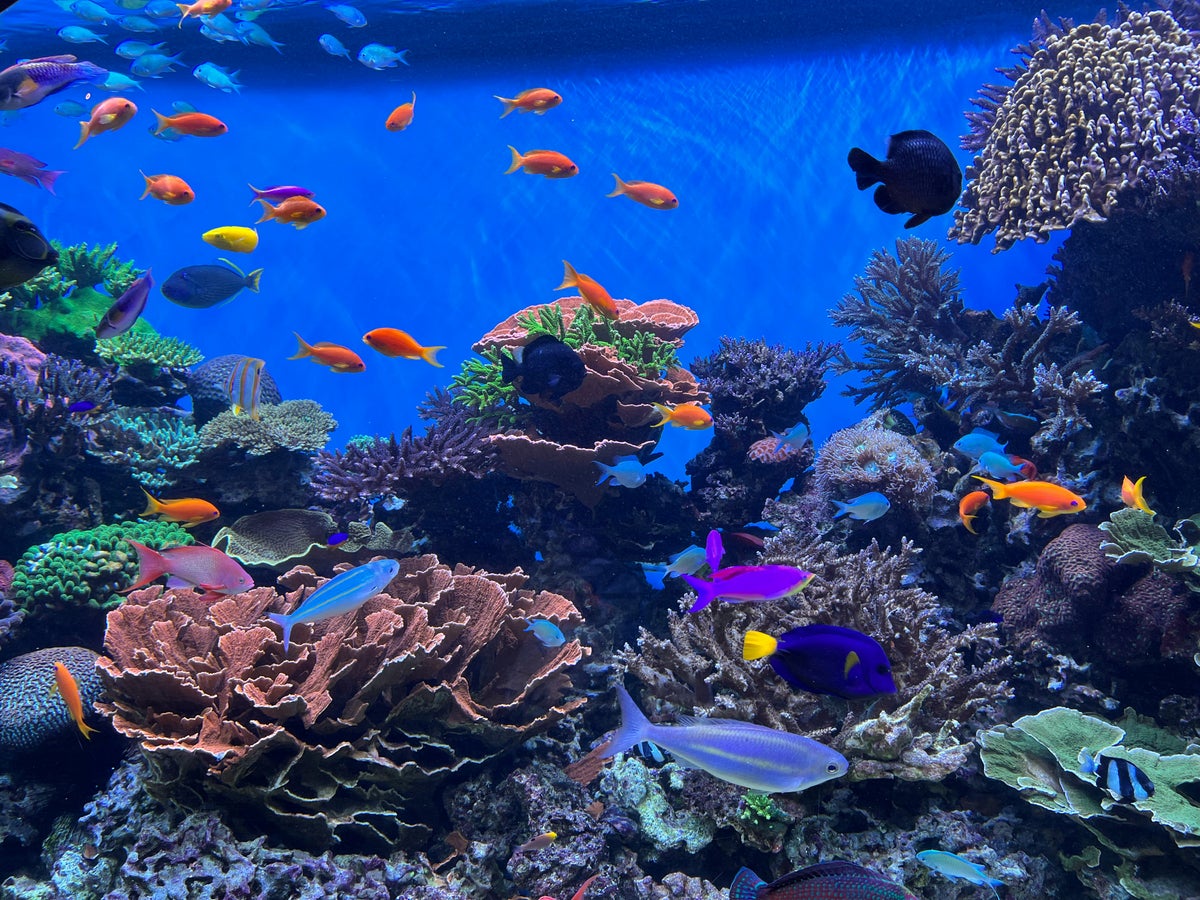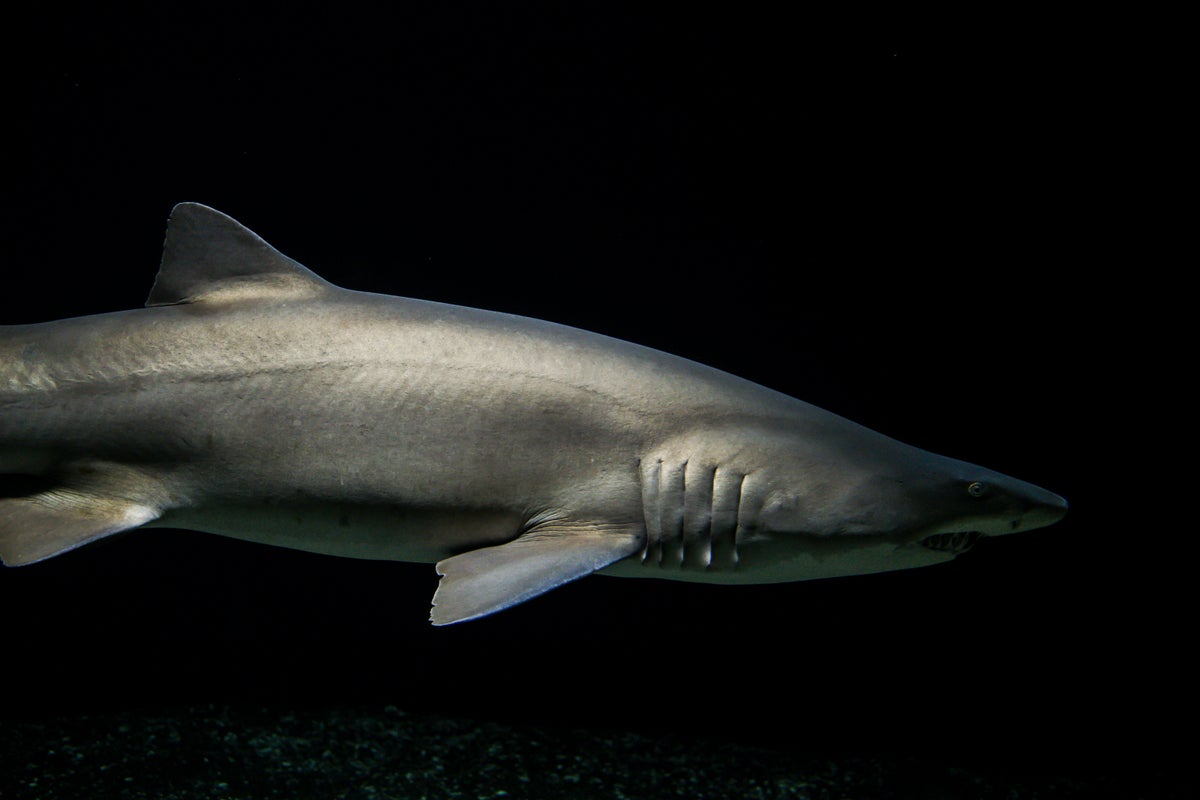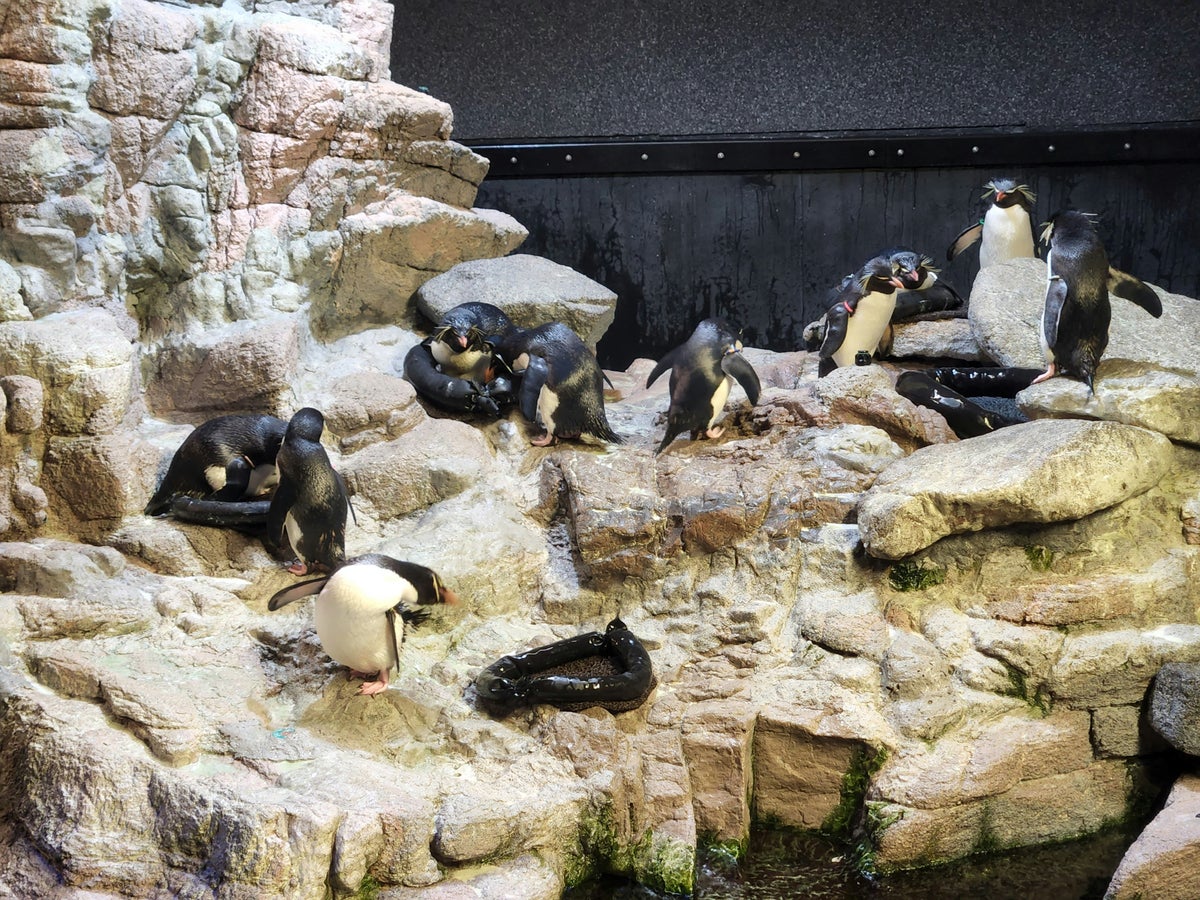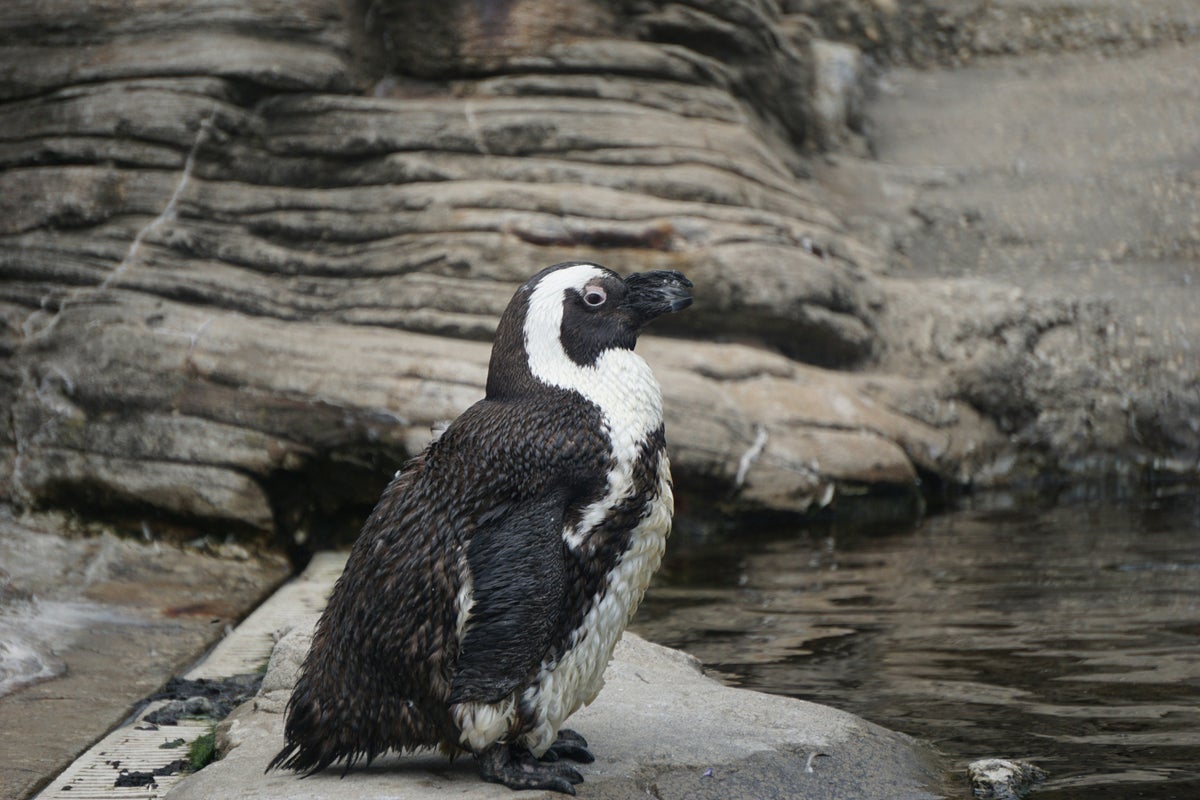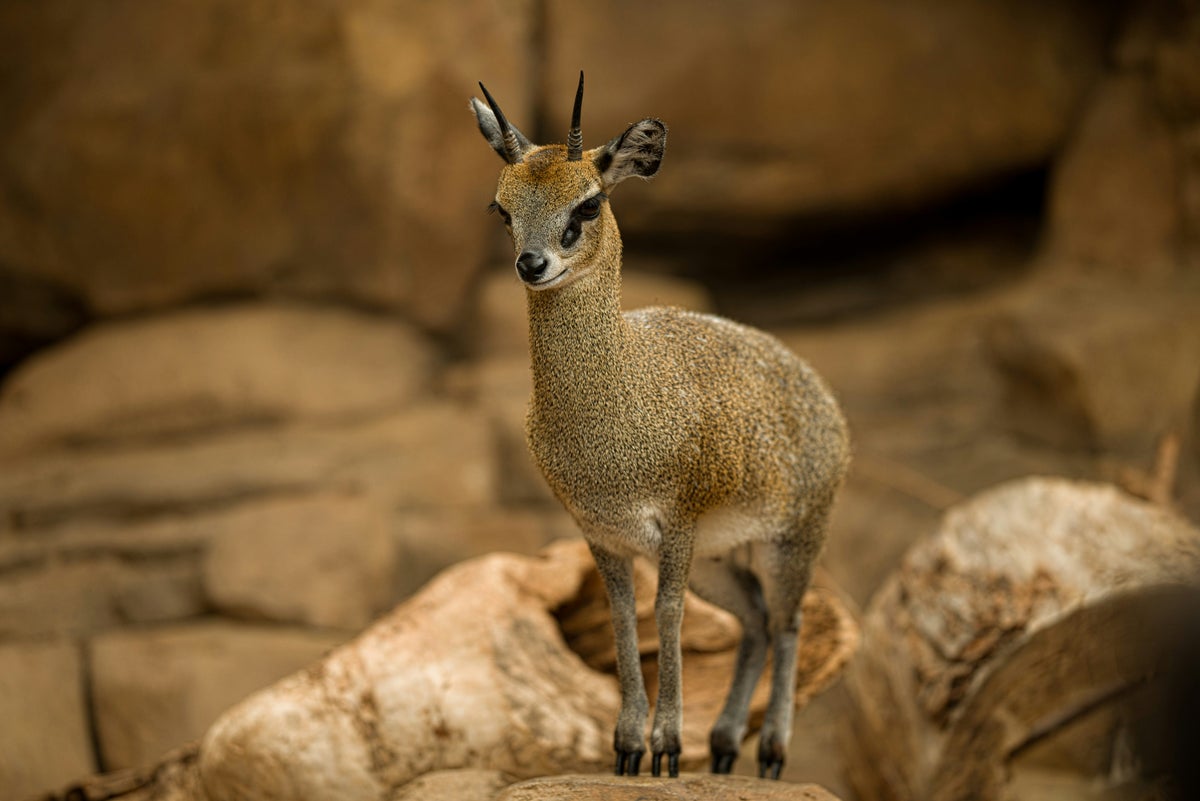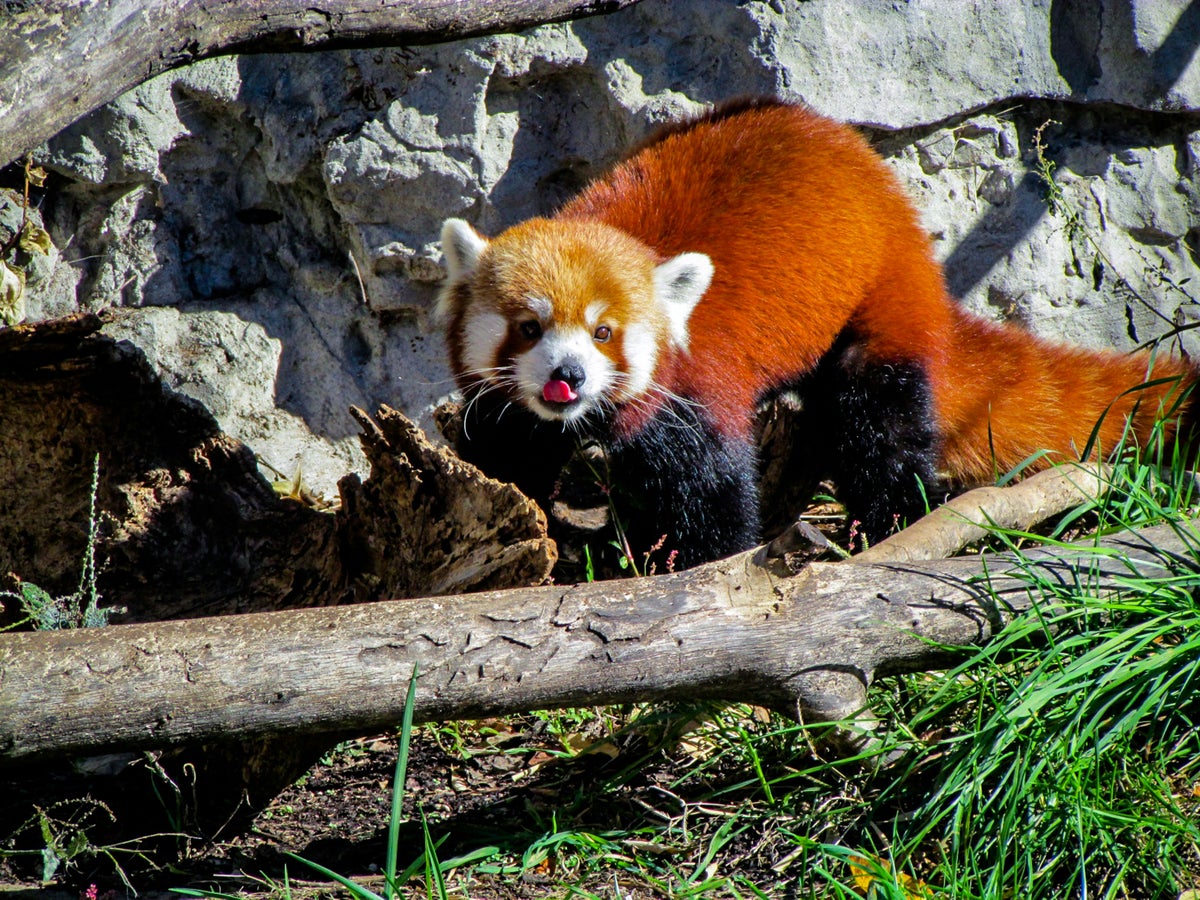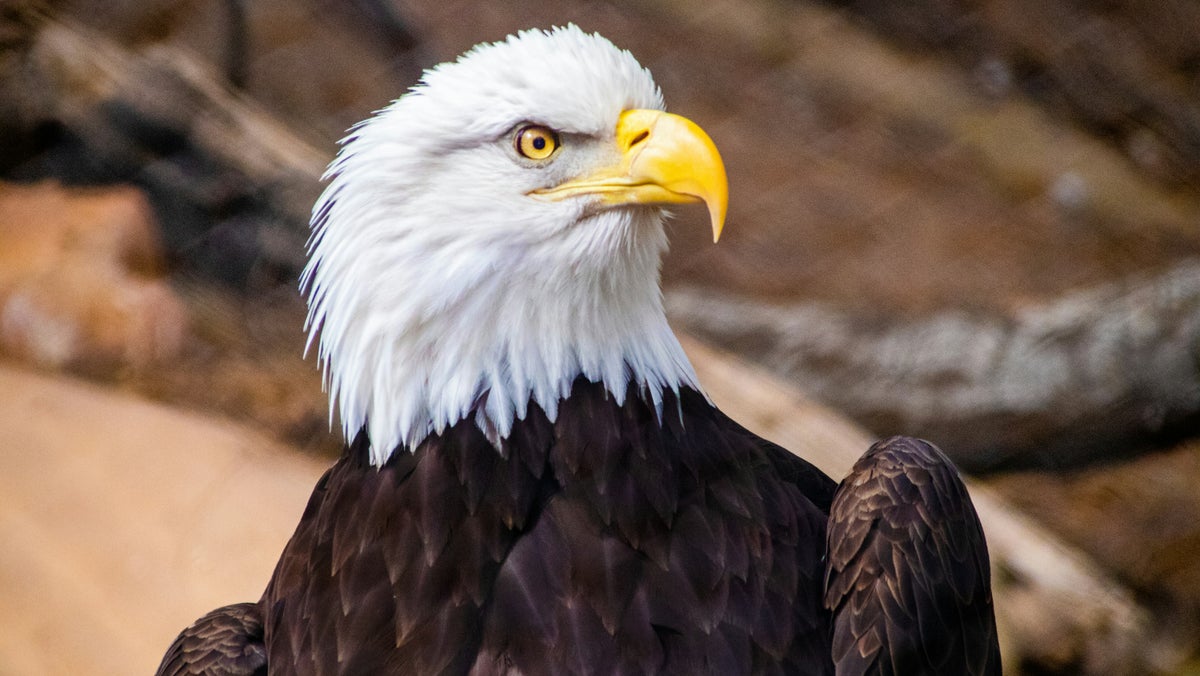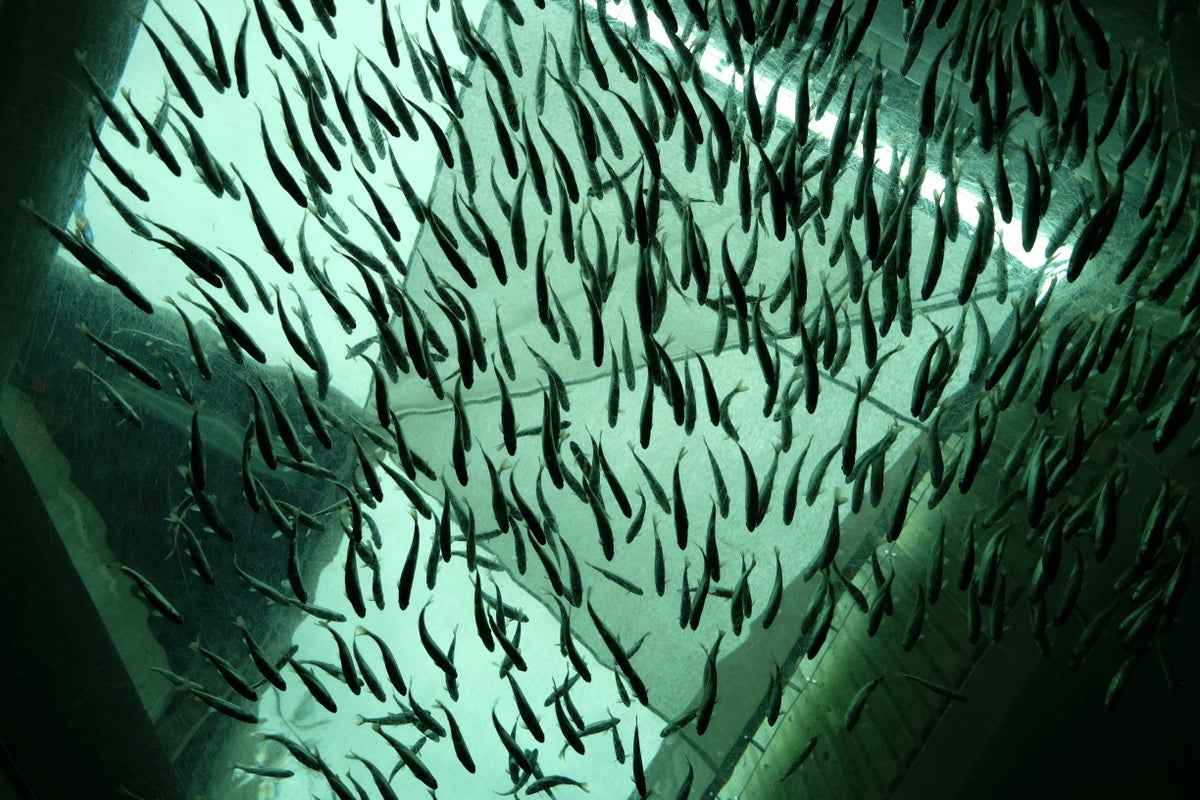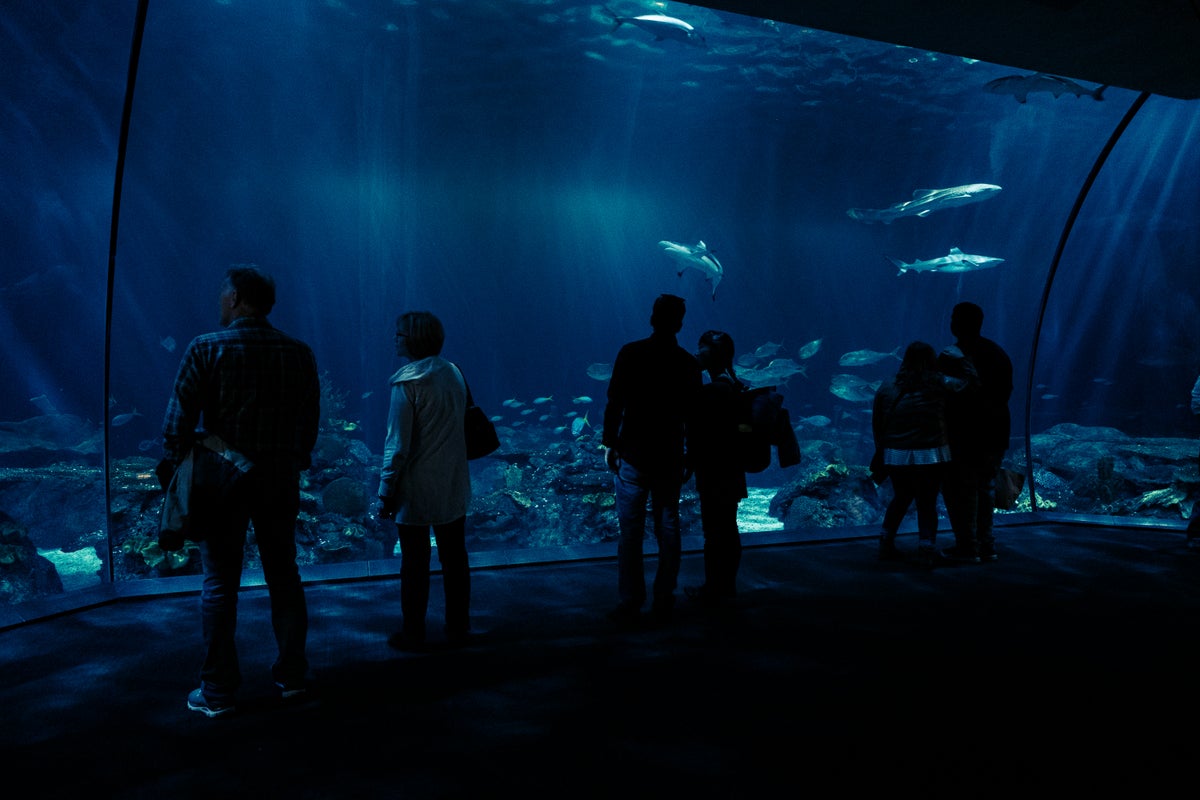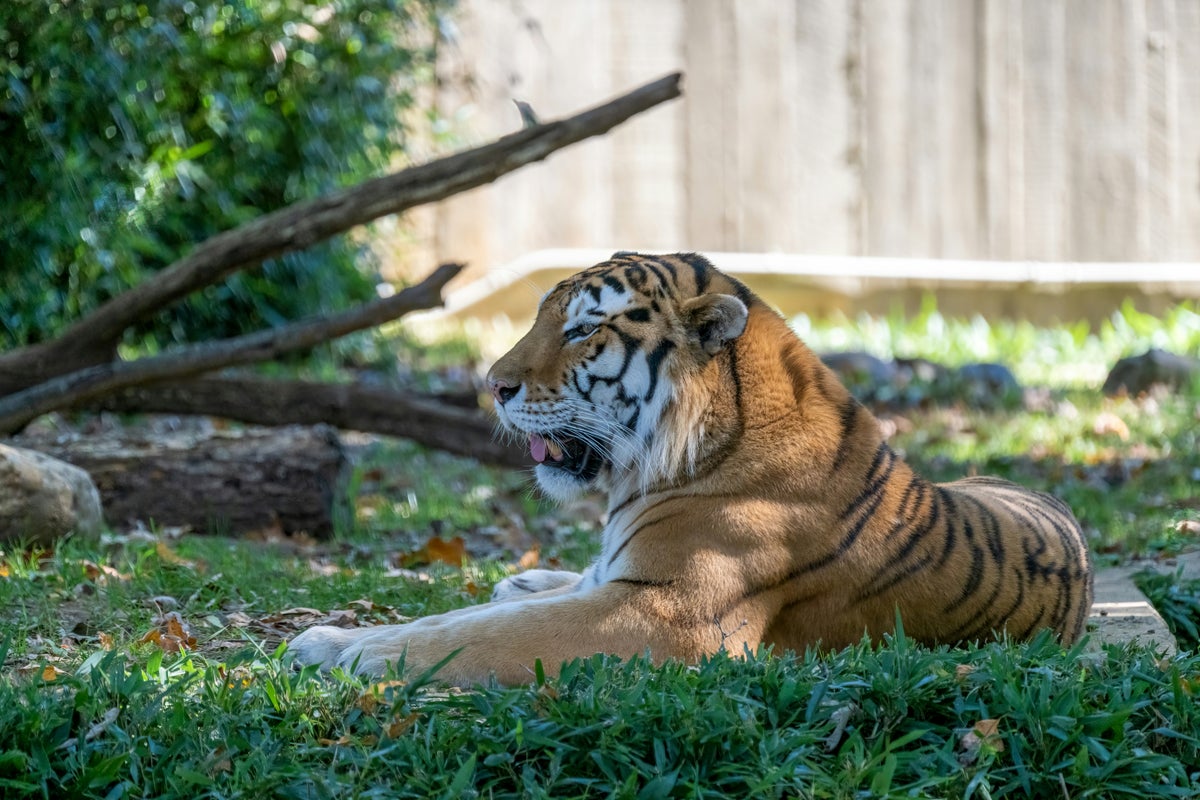Amar Hussain
Amar Hussain
Senior Content Contributor
867 Published Articles
Countries Visited: 63U.S. States Visited: 9
Amar is an avid traveler and tester of products. He has spent the last 13 years traveling all 7 continents and has put the products to the test on each of them. He has contributed to publications incl...
Edited by: Jessica Merritt
Jessica Merritt
Senior Editor & Content Contributor
272 Published Articles 981 Edited Articles
Countries Visited: 4U.S. States Visited: 23
A long-time points and miles student, Jessica is the former Personal Finance Managing Editor at U.S. News and World Report and is passionate about helping consumers fund their travels for as little ca...
& Keri Stooksbury
Keri Stooksbury
Editor-in-Chief
112 Published Articles 3838 Edited Articles
Countries Visited: 54U.S. States Visited: 28
Editing with Upgraded Points for over 6 years, as editor-in-chief, Keri manages the editorial calendar and oversees the efforts of the editing team and over 20 content contributors, reviewing thousand...
![The 25 Best Zoos and Aquariums in the U.S. [2024]](https://upgradedpoints.com/wp-content/uploads/2024/04/Best-Zoos-and-Aquariums-in-the-U.S..jpg?auto=webp&disable=upscale&width=1200)
